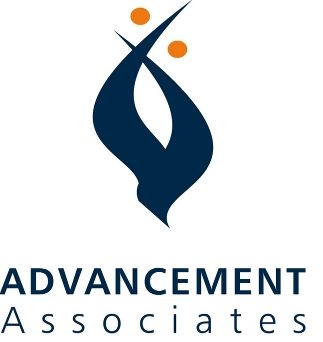Weldon Fruth doesn’t remember exactly how or why she was invited to participate in a recent feasibility study for Good Shepherd Home (Fostoria, OH). What she does remember is that the interviewer “let me sit in ‘my’ chair. As long as I can have my chair, it’s fine!”
Completion of a feasibility study is typically an important first step in any anticipated fundraising campaign. While many of our clients realize the value of this activity for measuring potential constituent interest in a project, they may be less familiar with the approach Advancement Associates (AAI) takes in conducting such studies.
It goes without saying that the success of a feasibility study depends on the quality of the interviews conducted. Unlike fundraising consultants who use mail-out surveys or other impersonal approaches to gather information, AAI’s method acknowledges the centrality of direct, personal interaction between consultant, client and constituent.
Whenever possible, AAI conducts interviews face to face in a setting chosen by the interviewee; as in Fruth’s case, this is often in a private home. And a detail as small as the seating arrangement can foster the goodwill that will yield valuable and valid information.
Most often the consultant is interviewing someone whom he/she has never met and will likely never see again. In such circumstances, the interviewer faces a daunting task: to earn the participant’s confidence and learn his/her opinions about several different topics—some of them personal—in a relatively short amount of time. A typical interview lasts about 45 minutes.
Creating a casual conversational manner is important to build rapport and trust. Some participants will be reserved, others flamboyant. A skilled interviewer will find a personal style that is most effective, while remaining adaptive to the style of the respondent.
At the same time, consistency in interview technique from respondent to respondent and between various researchers is important. Bias can be introduced if the questions are not asked consistently. Furthermore, it is important that the questions be asked in every interview and that the consultant does not create data after the interview based on personal impressions of what the respondent said or what the consultant thinks he/she would have said.
AAI prepares interview questions based on information provided in a case summary, a brief description of the project under consideration and the fundraising campaign that would underwrite it. Along with a short introduction to the AAI consultant conducting the interview, these details are included in a letter mailed to feasibility study participants about one week in advance.
The interview format combines Likert scales (i.e. scales that allow respondents to rate their responses from “strongly agree to “disagree”) with questions that explore attitudes, motivations, and possible behaviors, yielding both quantitative and qualitative data.
“In conducting feasibility interviews,” says AAI Principal Rich Gerig, “I tell participants there are no wrong answers and that spouses don’t have to agree with each other. This sometimes creates some interesting conversations that continue after I’ve gone out the door!”
During the interview, the consultant is to be an informed, but objective, outside listener who has no vested interest in the project or campaign under consideration. As such, he/she is able to listen carefully and without bias, looking for recurrent themes and important ideas. And interviewees must be assured their responses will be kept in confidence.
Gerig has been surprised many times at how transparent people are willing to be with a near stranger. “It is inspiring and a privilege to hear major donors and other key stakeholders describe how they decide to support special projects and campaigns. Often, gifts made reflect donors’ confidence in the organization, belief in its mission, and understandings of stewardship.”
Past participants describe the feasibility study interview as, at worst, “harmless” and, at best, “enjoyable.” More importantly, participation gives stakeholders the chance to speak into and take ownership in an organization’s planning, rather than just being asked to finance it.
